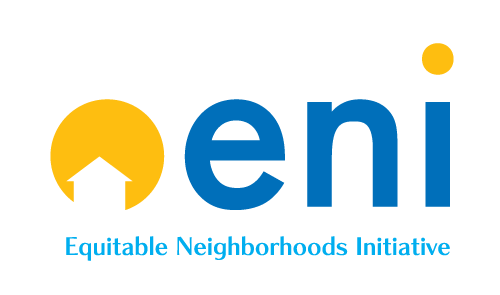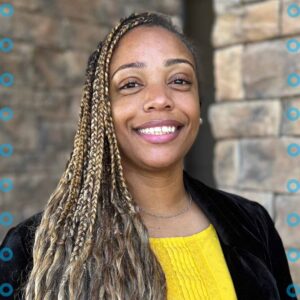April 27, 2022
—By Dr. Sabine Simmons—
Leadership in any organization is important. A community is a type of organization that we often forget to recognize as such. Community leadership is essential to representing the needs of everyone in the community and ensuring that resources are distributed fairly.
Forbes defines leadership as the skill or ability of an individual(s) to influence or guide other individuals or organizations. Community leadership is essential because it also inspires communities to advocate for themselves, their needs and access to resources to improve their quality of living.
Strong community leadership does not come into existence by happenstance. It must be developed and cultivated, sensitive to the needs of the community it represents, and able to communicate the passions and experiences of community members to outside organizations such as private companies, non-profits, and federal agencies.
Strong community leaders are engaged, consistently meeting with and observing members of the community. Community leadership should be ethical and inclusive. It is made up of the community and likely has roots and family with a vested interest in the well-being of the community. Strong community leadership also provides access to resources to meet needs that may otherwise go unnoticed. Since strong community leadership advocates for and gives a voice to the community, it allows needs to be made known to organizations such as government agencies and non-profit organizations that have resources to meet community needs.
Now that you know how important community leadership is, here are some basic tips, adapted from AARP, that communities and individuals can use to build strong leadership.
- Learn about your community and its needs. Meet and talk with your neighbors every chance to learn about their current needs and situations. You might collect ideas to improve your community. Ask whether people would like to meet and discuss developing caring community teams. A survey might be a helpful option to collect ideas and opinions.
- Find collaborative team leaders. Once you’ve identified your community’s needs, take some time to prioritize and form teams to take action. Organize those who want to help into those teams and identify someone who can be the team leader.
- Engage team leaders and the whole community. Once you have identified teams, meet to discuss how the teams might implement some easy ideas generated from the survey results. Please encourage the team to find an effective communication method to keep connected and keep the community informed.
- Offer help and invite your neighbors to join various projects. Be sure to tell them whom to contact if they need a hand. Even if specific needs are not apparent, you can start planning a community project like establishing a safety or emergency protocol.
- Start helping. If the project exceeds the capacity of your team, ask additional community members to lend a hand. Usually, people are willing to help for special causes.
- Build on what you started. Reflect with your teams and community about how you reached the goal or fulfilled the need. Ask for honest and constructive feedback. Keep your community constantly connected through social meetings and events.
- Inspire others to create more caring communities. You can also be a mentor to others on their leadership pathways.
In addition to the steps above, community members can take advantage of local leadership training offered by local city governments or non-profit leadership councils. For example, Leadership Montgomery is a non-profit dedicated to developing and engaging diverse leaders to affect positive community transformation in and around Montgomery. This organization exists to educate, inspire, convene and connect leaders to advance Montgomery County and instill the values of action, integrity, diversity, engagement, inclusion and growth into the future leaders of the region.
“Participating in Leadership Montgomery’s REAL Inclusion Program has been transformational. Learning about the painful history of slavery, colonization, racial and ethnic discrimination, socio-political and economic privilege, and oppression comes with a tremendous amount of self-reflection and deep emotion,” said Marilyn Lynk, Ph.D., Executive Director of Adventist HealthCare Center for Health Equity & Wellness. “The REAL Inclusion Program has taken my colleagues and I on a journey that has opened our minds and hearts to the impact of this history in our lives both at work and at home. What I’ve learned is that it takes all of us to make crucial, system-level changes to support equitable practices, programs and policies in our organization.”
Now that you understand the importance of community leadership, what do you do to build strong leaders in your community? What programs/events can you create to inspire community leadership? Is there an existing leadership council in your area? These are some points to consider as you begin to develop strong leadership in your community.


